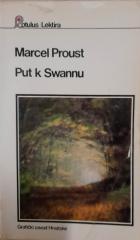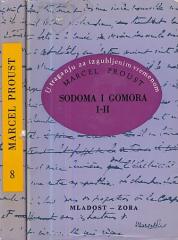
Put k Swannu
The Journey to Swann is the first part of the monumental cycle "In Search of Lost Time" (À la recherche du temps perdu), published in 1913. The novel is structured in three parts and deals with the themes of memory, time, and love.
The Journey to Swann is the first part of the monumental cycle "In Search of Lost Time" (À la recherche du temps perdu), published in 1913. The novel is structured in three parts and deals with the themes of memory, time and love.
In the first part, the narrator recalls his childhood in Combray, emphasizing the importance of family routines, feelings and early impressions. The famous motif of the "madeleine" (a cookie dipped in tea) triggers an avalanche of memories that connect the past and the present, indicating the power of unconscious memory.
The central part of the novel is dedicated to the love story of Swann, a member of Parisian high society, and the young woman Odette de Crécy. Despite the fact that Odette is not his ideal of beauty, Swann falls obsessively in love with her. Their relationship, full of jealousy and insecurity, depicts love as an illusion and a form of personal suffering.
In the third part, the narrator describes his own awakening of feelings for Gilberte, the daughter of Swann and Odette, which imitates and announces the more complex love stories that will develop in the rest of the cycle.
"The Way to Swann" explores how time and memory shape our perception of life, and Proust's style is characterized by long sentences, detailed descriptions and introspective analysis. The work is one of the most important achievements of world literature of the 20th century.
In addition to "Combray", two other parts were published in this book: "One Swann Love" and "Place Names: The Name".
Multiple copies are available





